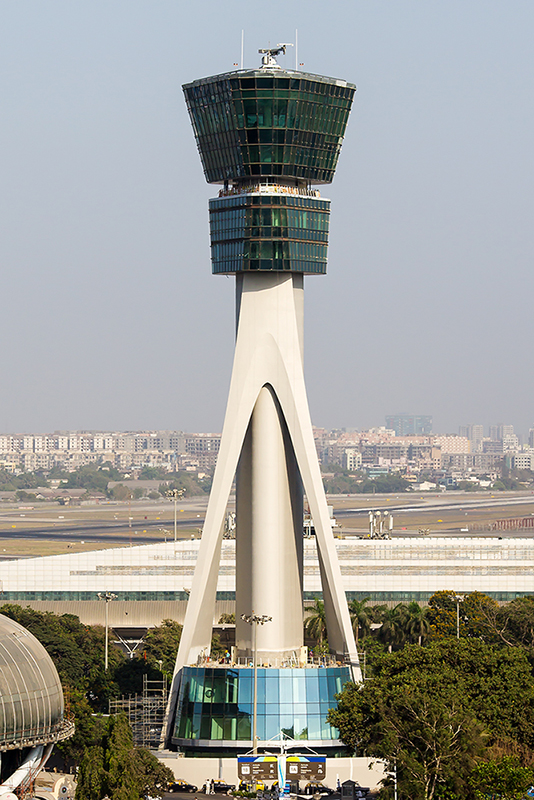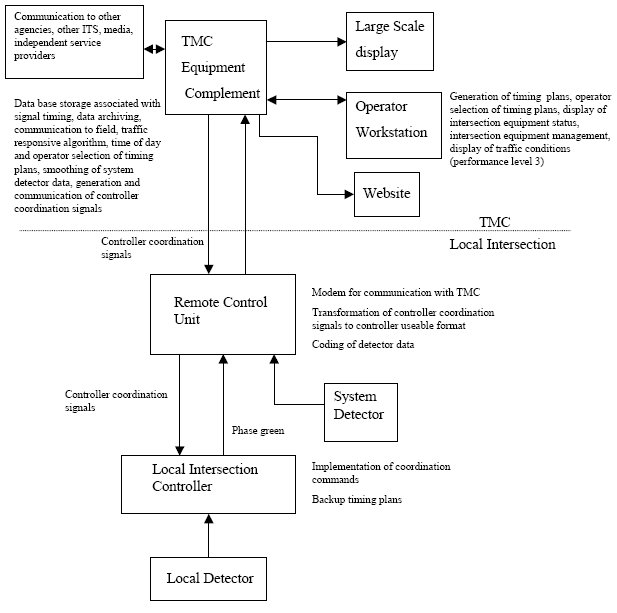The Basic Principles Of Safety Network
Table of ContentsThe 9-Minute Rule for Safety NetworkEverything about Safety NetworkSafety Network for BeginnersThe Best Strategy To Use For Safety NetworkIndicators on Safety Network You Should KnowSafety Network for Beginners
Traffic signal controllers alternate service between contradictory website traffic motions. The length of time taken to complete one round of solution for all clashing motions is called the cycle length, and the allotment of the cycle length between the contrasting website traffic motions is called the split. Traffic control signs.This is called platoon progression and also is attained by collaborating the operation of surrounding signals (https://yoomark.com/content/1999-safety-network-has-set-standard-temporary-traffic-control-our-expertise-and-experience). Signal coordination is most typically accomplished by operating nearby signals at the very same cycle size, with a pre-determined offset between the beginning of the cycle at one junction and the begin of the cycle at the next.
The cycle size, split, and balance out may need to alter throughout the day as traffic volumes transform. Safety traffic signs. Controllers, therefore, permit the individual to establish several collections of these basic coordination timing parameters. Each such set is described as a timing plan or timing pattern, and one timing strategy or timing pattern functions at any type of offered time.
All About Safety Network
Traffic signal controllers offered today can be categorized as period controllers (also called pretimed) or phase controllers (likewise called activated). The previous permit the individual to separate the cycle into any type of variety of intervals, with the period of each period being set by the customer. The user after that specifies which result circuits are changed on during which intervals.
The cycle length equates to the amount of the interval durations, and also all intervals are timed sequentially. The individual can also define a start-of-cycle balanced out for signal coordination. The interval periods, output interpretations, cycle size, as well as counter can all be differed from one pattern to an additional, and also for that reason can be differed throughout the day.
If the signal is collaborated, the individual likewise specifies a split time for each and every phase, as well as a start-of-cycle countered. The individual assigns a stage to a collection of suitable automobile and also pedestrian activities. If worked with, the split times for all stages in a ring have to sum to the cycle length.
Getting The Safety Network To Work
Phases appointed to the exact same ring time sequentially, but rings time simultaneously. If the controller is making use of two rings, two stages can be timing concurrently and also separately. Phase controllers utilize barriers or stage concurrency groups to specify conflicts in between phases in different tings. Within a concurrency group (in between 2 barriers) the phases in different rings can time individually, yet all rings have to go across the obstacle (step to a various stage concurrency group) at the same time.
From one pattern to the next, the individual might vary the cycle length, countered, split, and also stage sequence. Phase control is particularly well fit to activated control of typical crossways, specifically those with secured left turn motions. Two activated left turn phases on the same road can time individually, with say the westbound turn stage getting less time than the eastbound in one cycle, as well as the opposite happening in the following cycle.
Each stage in a stage controller can be operated either pretimed (fixed time) or actuated. The National Electrical Manufacturers Association (NEMA) TS 2 basic defines minimum practical standards for both interval and also phase controllers. The majority of modern controllers fulfill most or every one of these minimal requirements as well as the majority of controllers additionally supply added performance not yet standardized.
The Main Principles Of Safety Network
Such links may be long-term to a remote master or computer system, or short-term to a laptop computer made use of by field personnel. Ethernet is progressively being utilized as opposed to serial communications. As unique serial port may be utilized to communicate with in-cabinet equipment in the case of a serial-bus cupboard (see NEMA TS 2 as well as ATC areas below).
If a breakdown is detected, the MMU instantly places the signal in an all-red blinking state, overriding the outcomes of the controller. Modern controllers can notice this problem and also report the malfunction state to a master or main computer system. Modern controllers offer the adhering to 3 different techniques of figuring out which pattern or plan to operate: Internal my blog time-of-day schedule - the user configures a schedule that informs the controller when to change the pattern or strategy, based on the day of the week and time of the day.
If the controller sheds communications with the resource of pattern commands, it can instantly go back to utilizing its interior time-of-day pattern option timetable - https://publicate.it/p/7WVxz4OtlLs4335829. The very same interactions link is generally utilized to receive status information from the controller, and also to make it possible for remote adjustments to controller criteria. It is likewise feasible for the customer to manually secure a controller right into a particular pattern, such that any one of the above pattern options is ignored.
Safety Network Can Be Fun For Everyone



This is called time base sychronisation. Eventually, nevertheless, the controller's clock will drift as well as need to be reset to common time. Clocks can be reset utilizing any one of the complying with methods: Guidebook - regularly, an individual mosts likely to the controller in the area as well as resets the time according to an accurately established watch or various other source of common time (e.
The Only Guide to Safety Network
This approach is not preferred as it is laborious, error-prone, as well as based on neglect. Depending on the design of controller, operationally substantial drift can call for manual reset after just a number of weeks of procedure. Hardwire pulse - a master unit pulses a hardwire input to the controller at a pre-defined time of day.